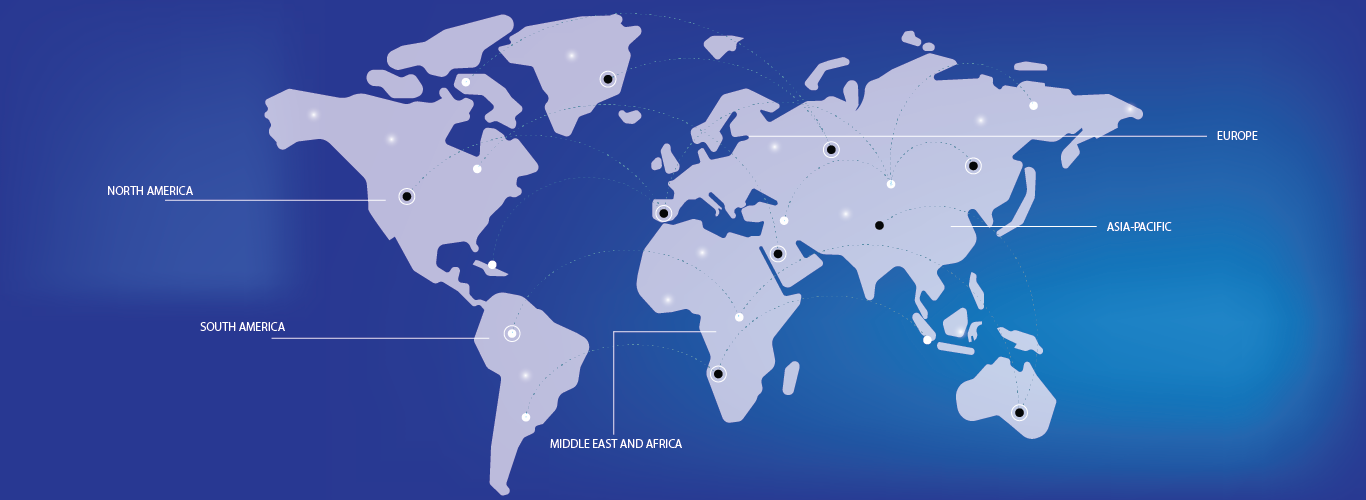Biodegradable polymers have many applications in numerous industries such as textiles, consumer goods, packaging, agriculture, and horticulture. Biodegradable polymers are beneficial over the non-biodegradable polymers because they have lesser side effects, are less toxic, maintain stabilization of the drug and help improve patient compliance. The biodegradable polymers are progressively finding uses in niche application such as in hygiene products, shale gas industry, and in fishing gears, among other applications these are anticipated to act as an opportunity for the market during forecast period of 2025-2032.









